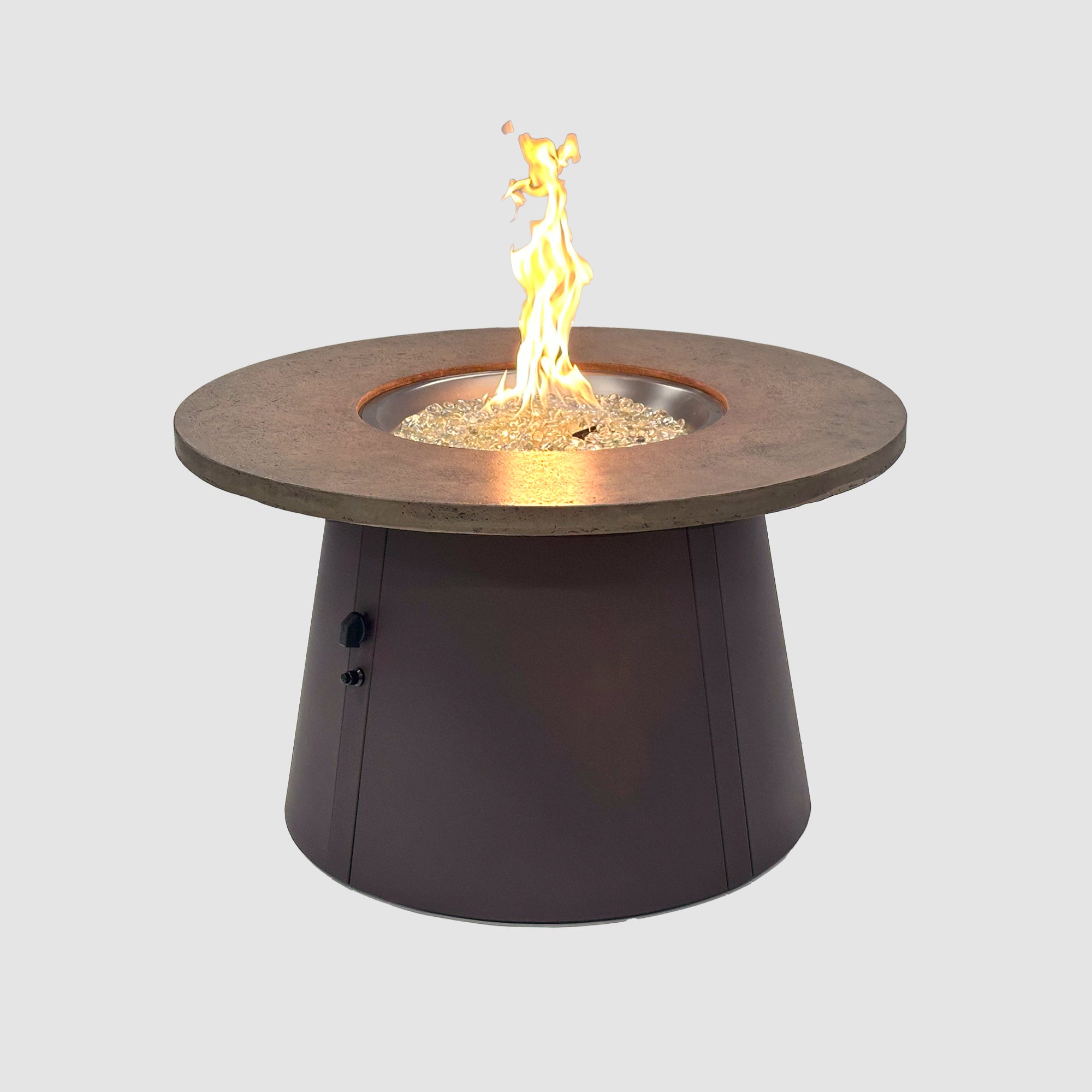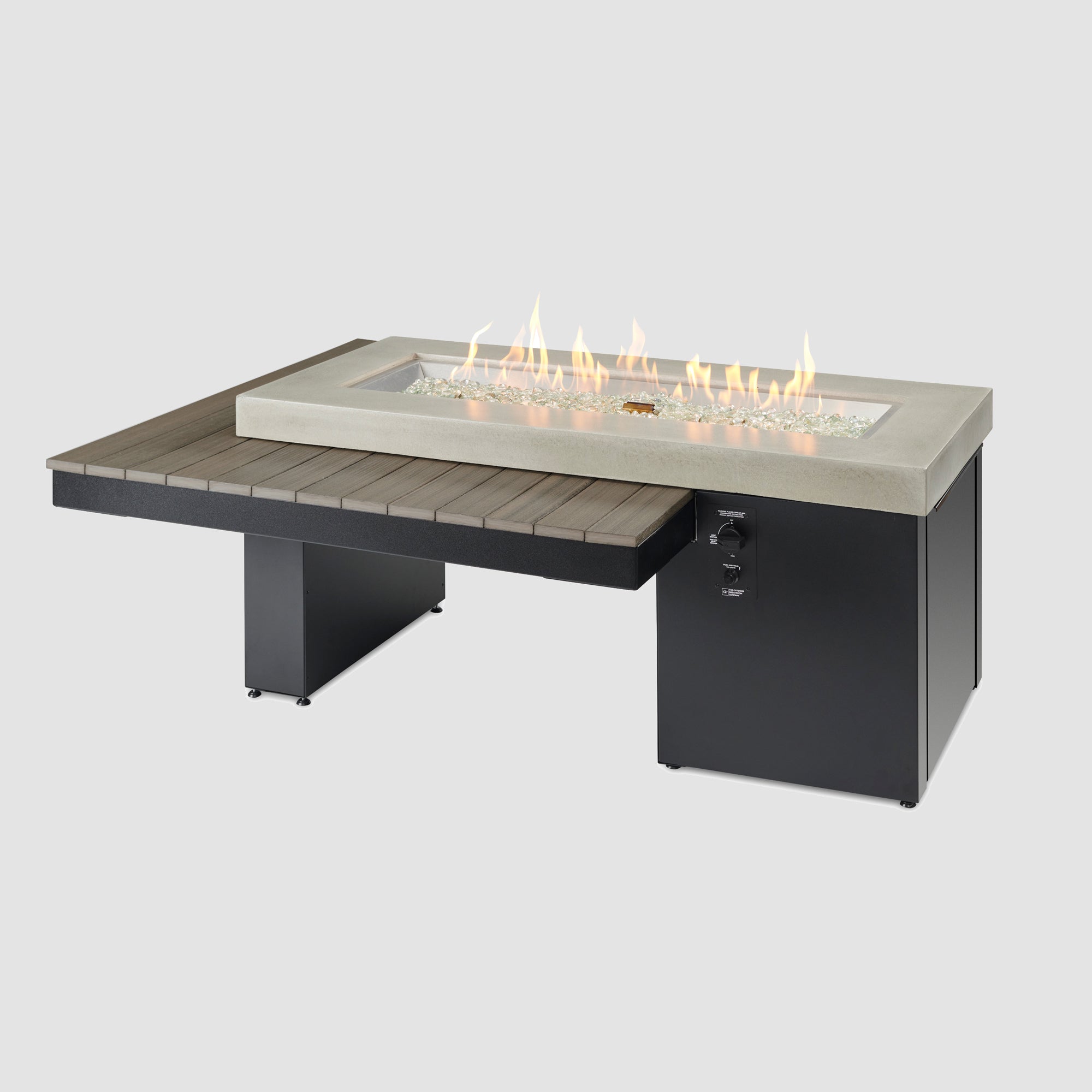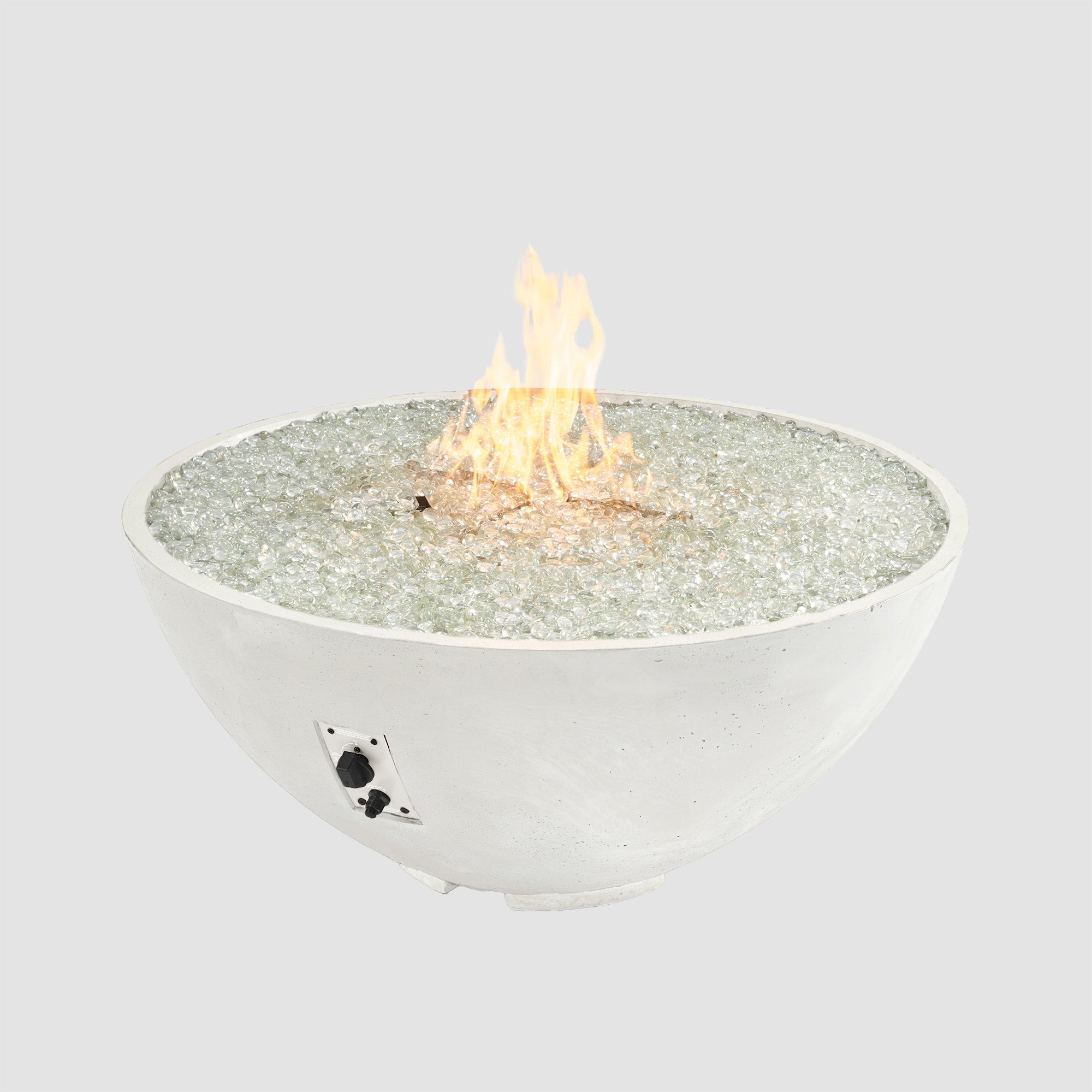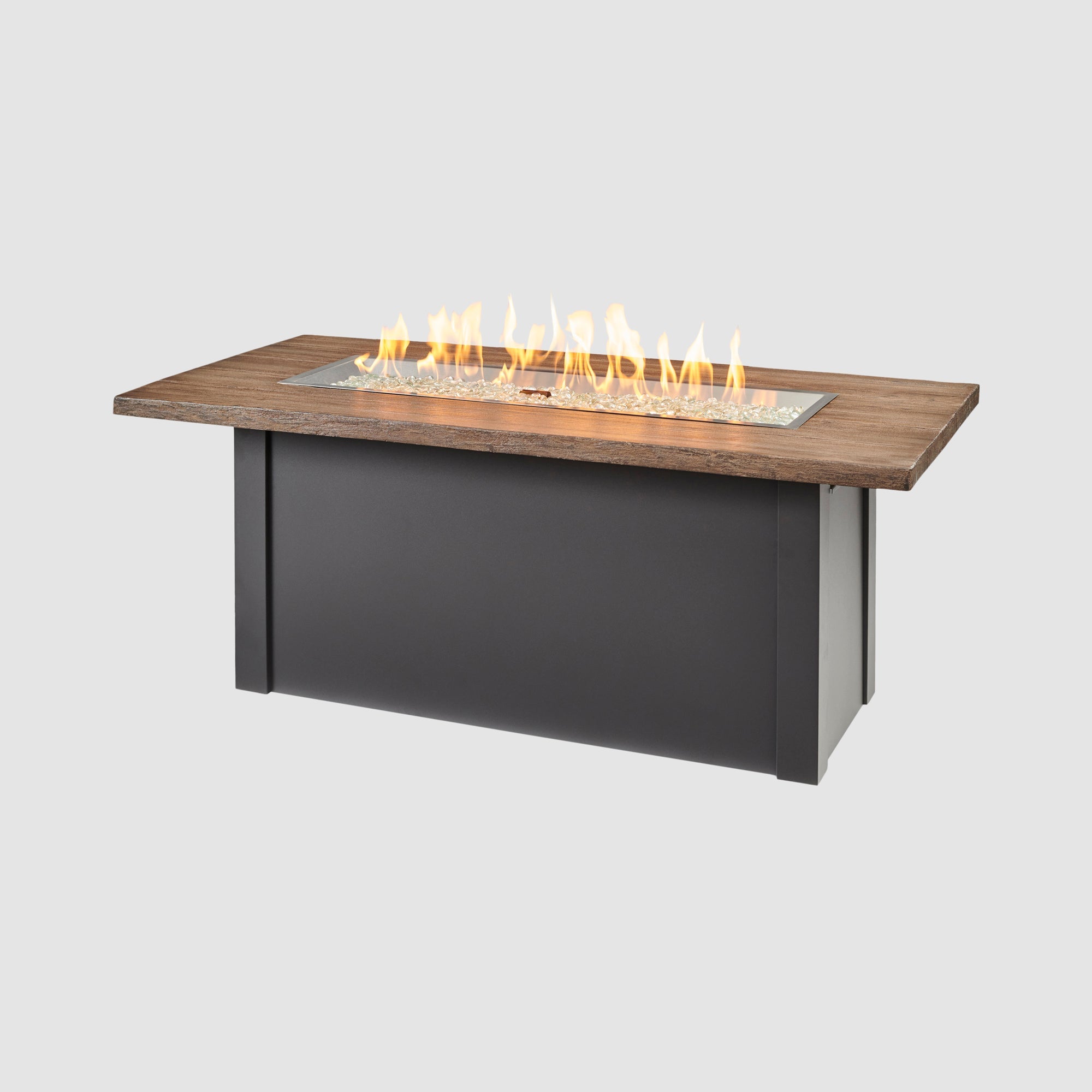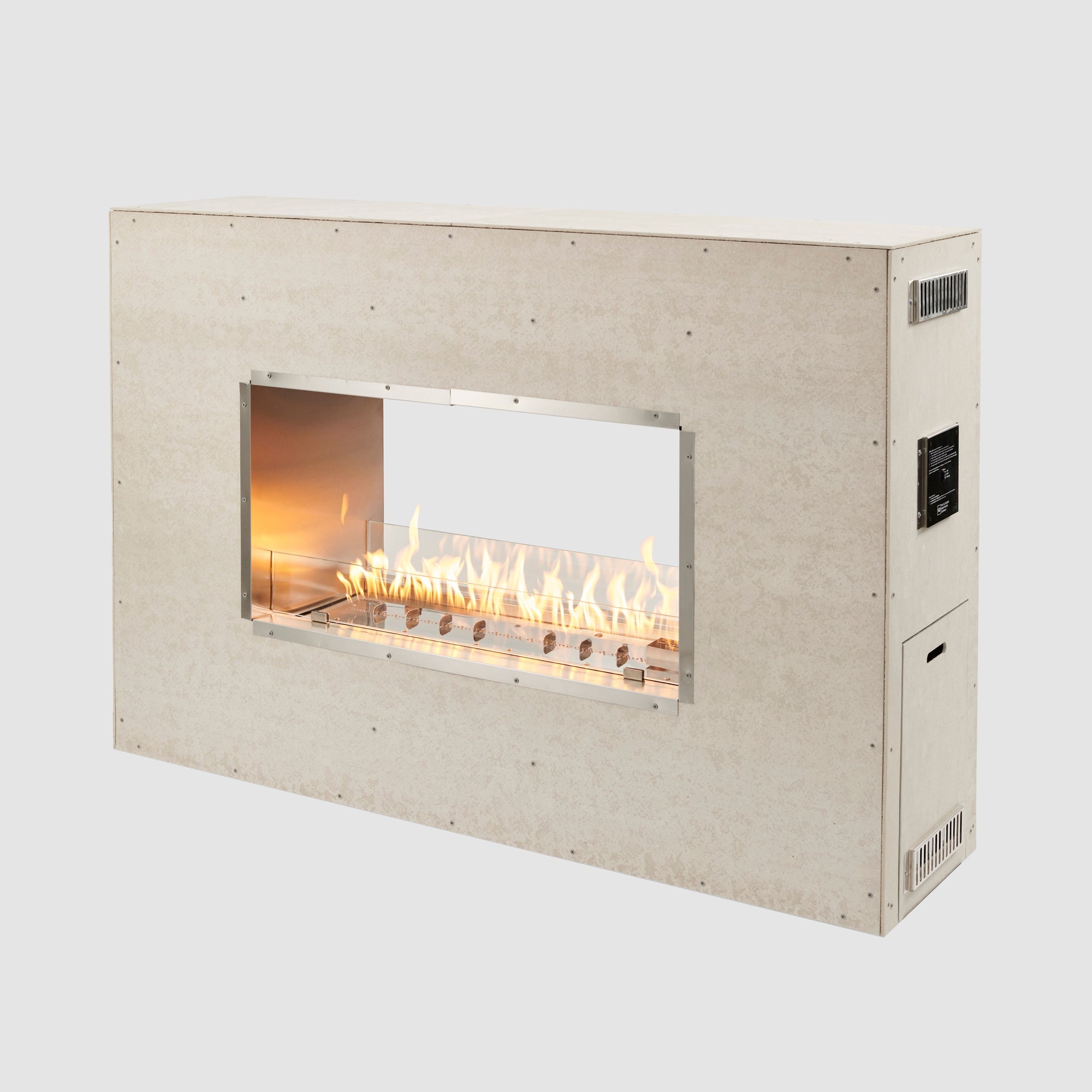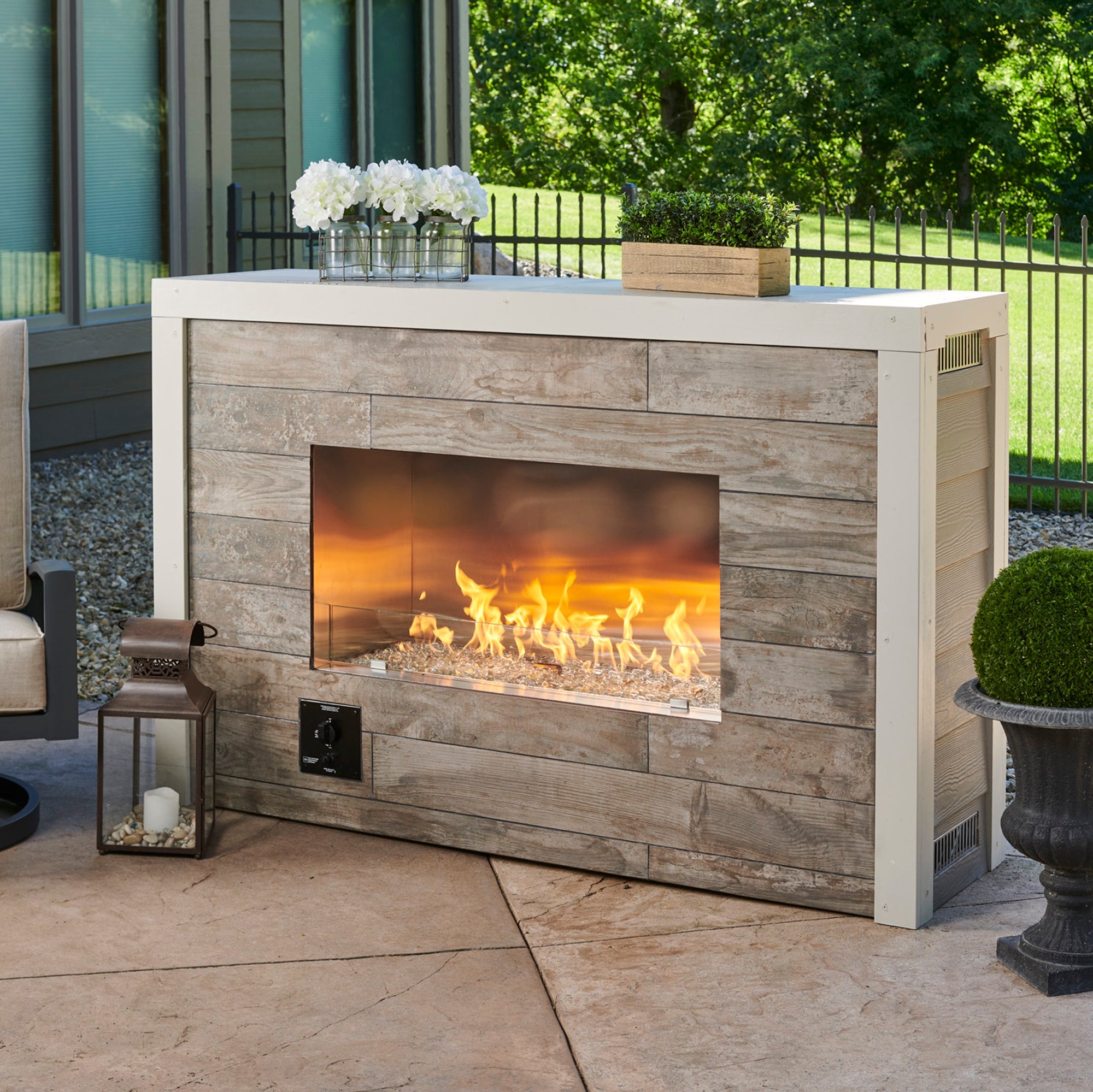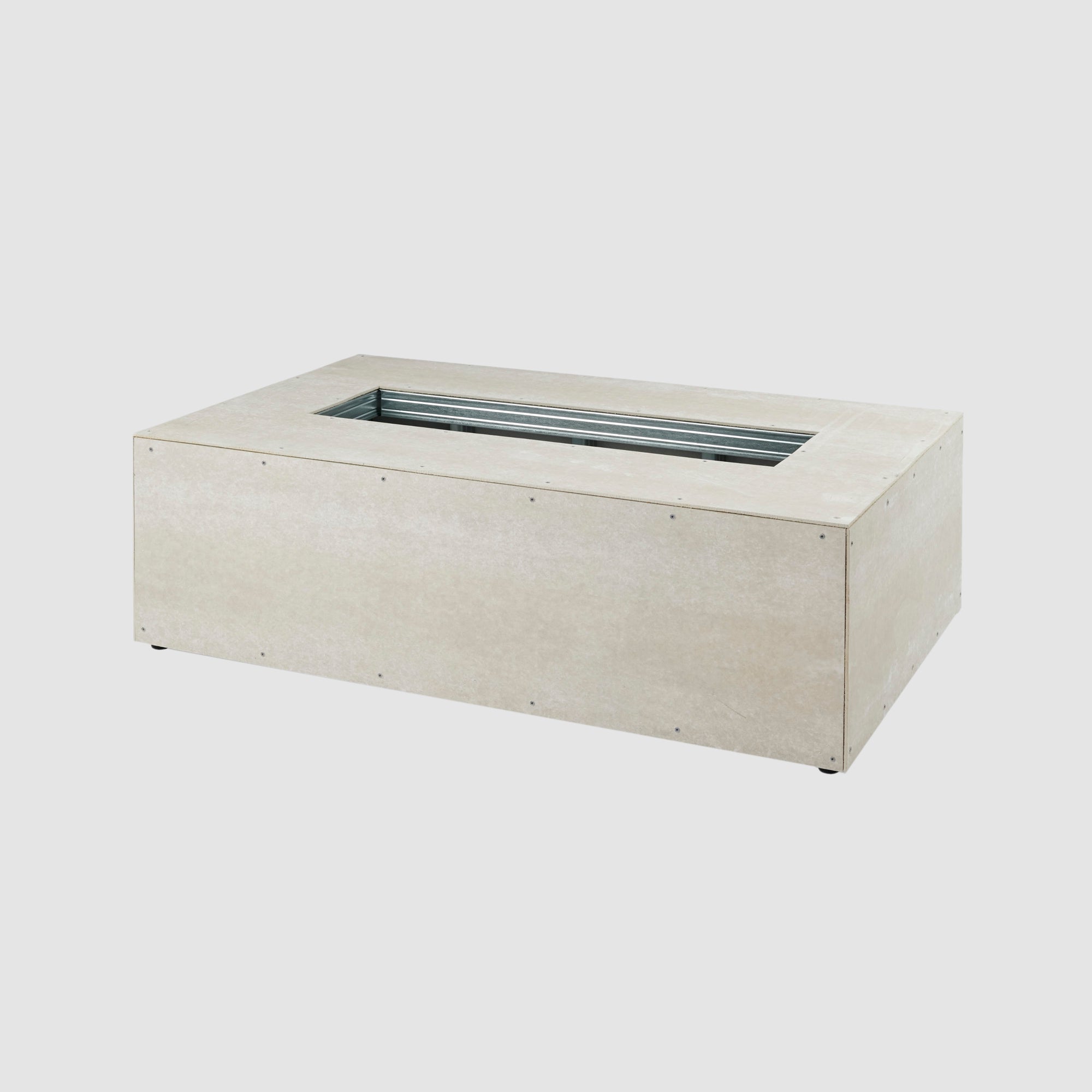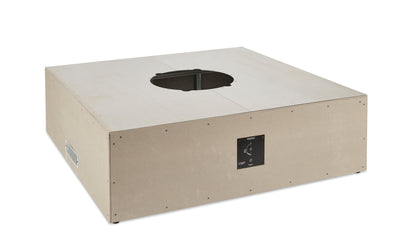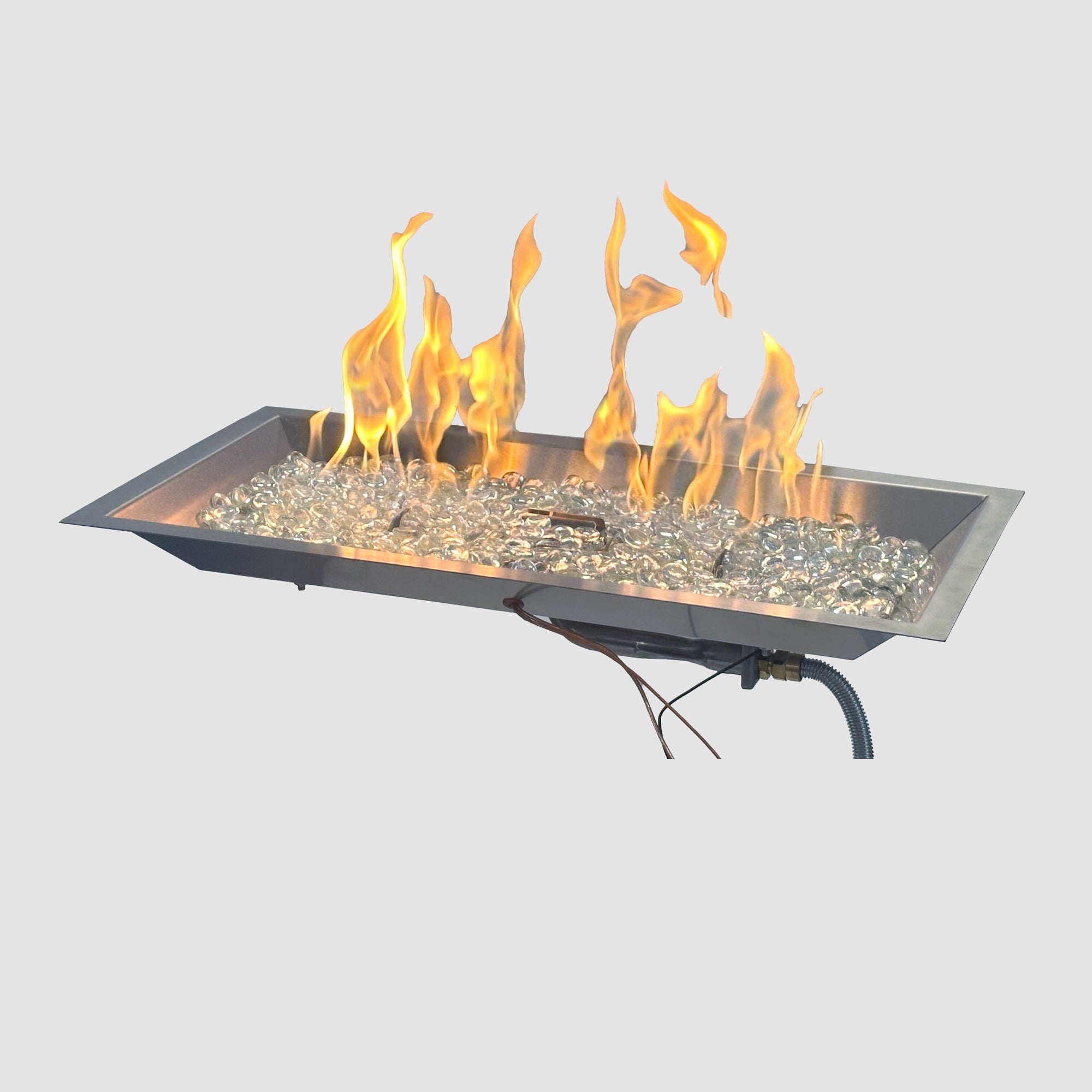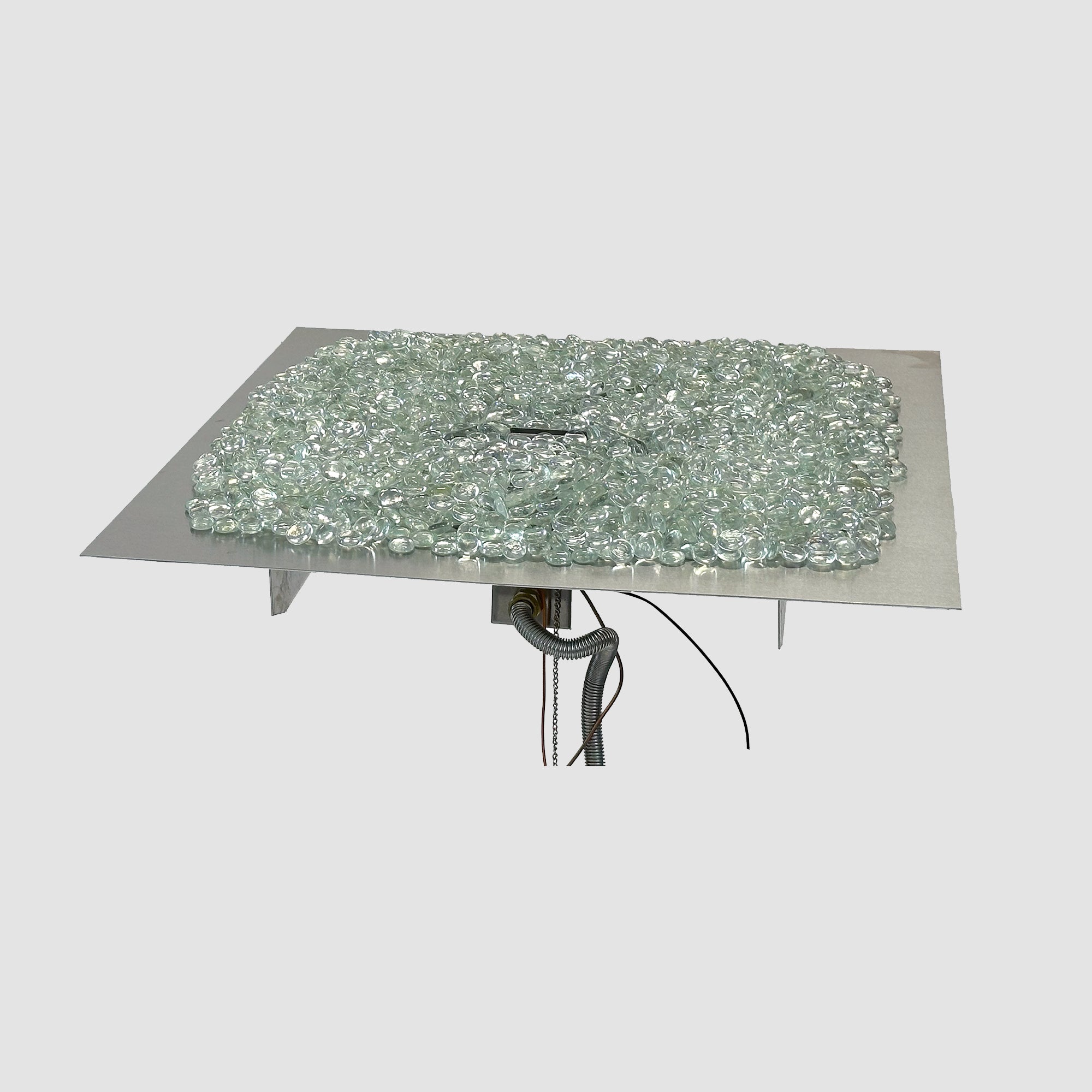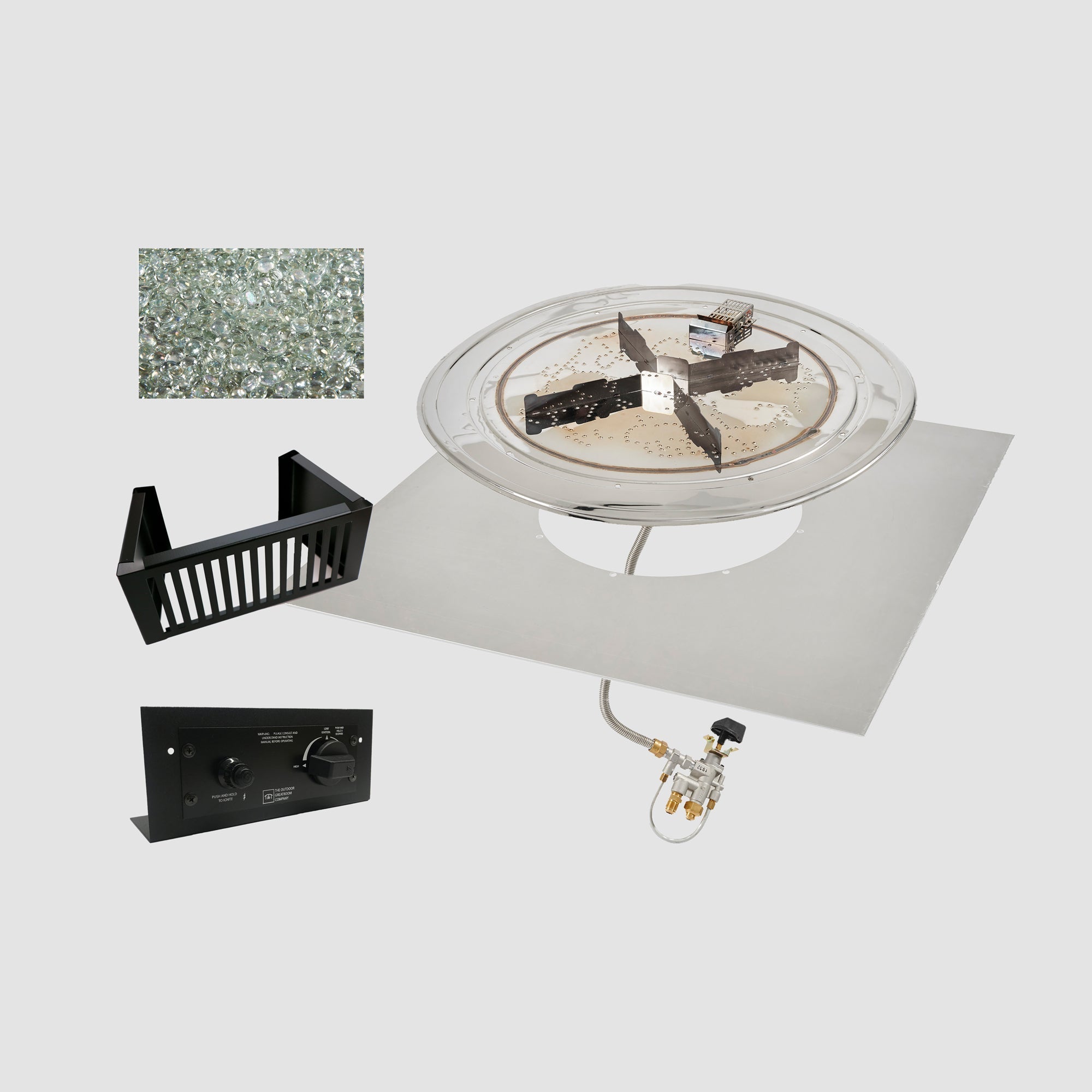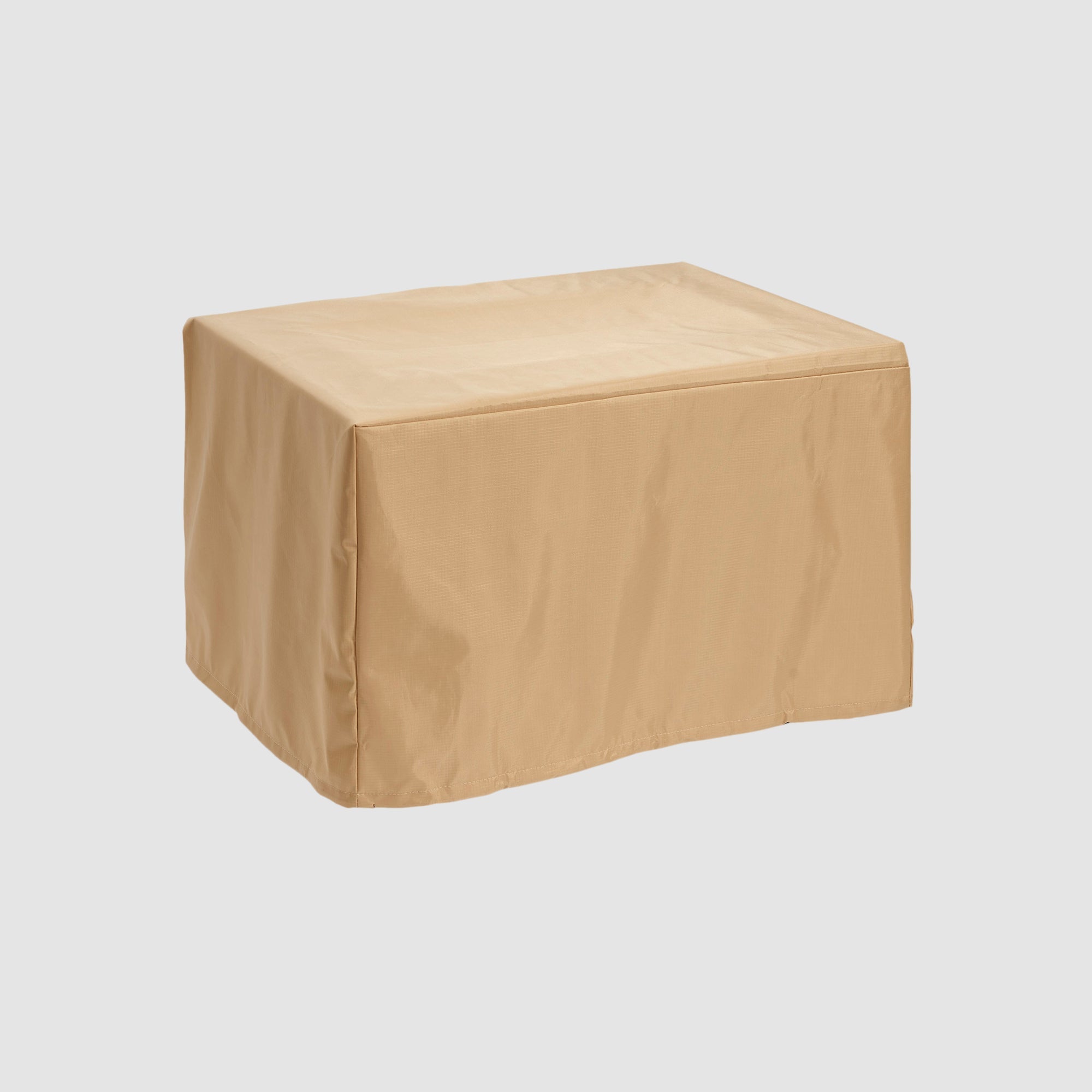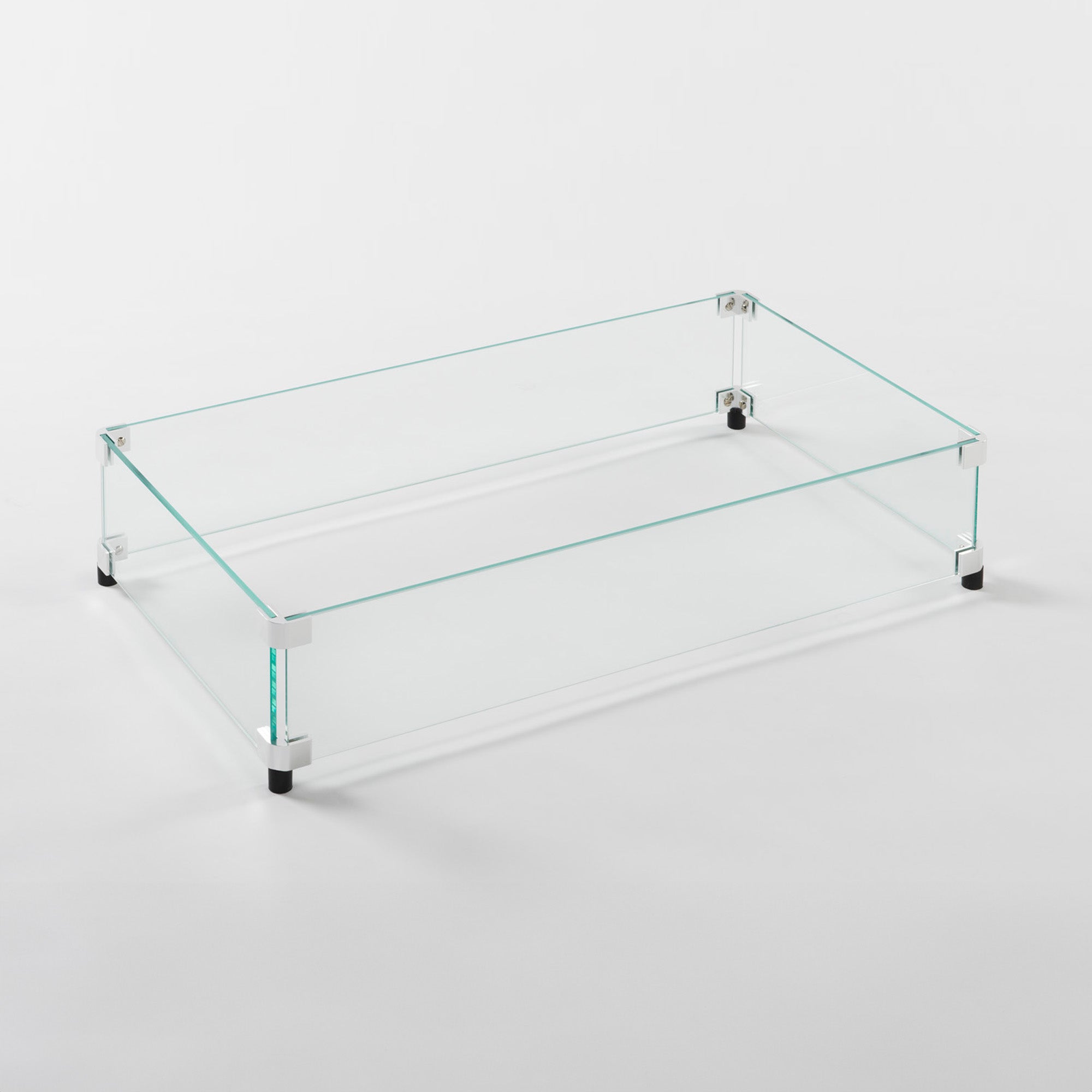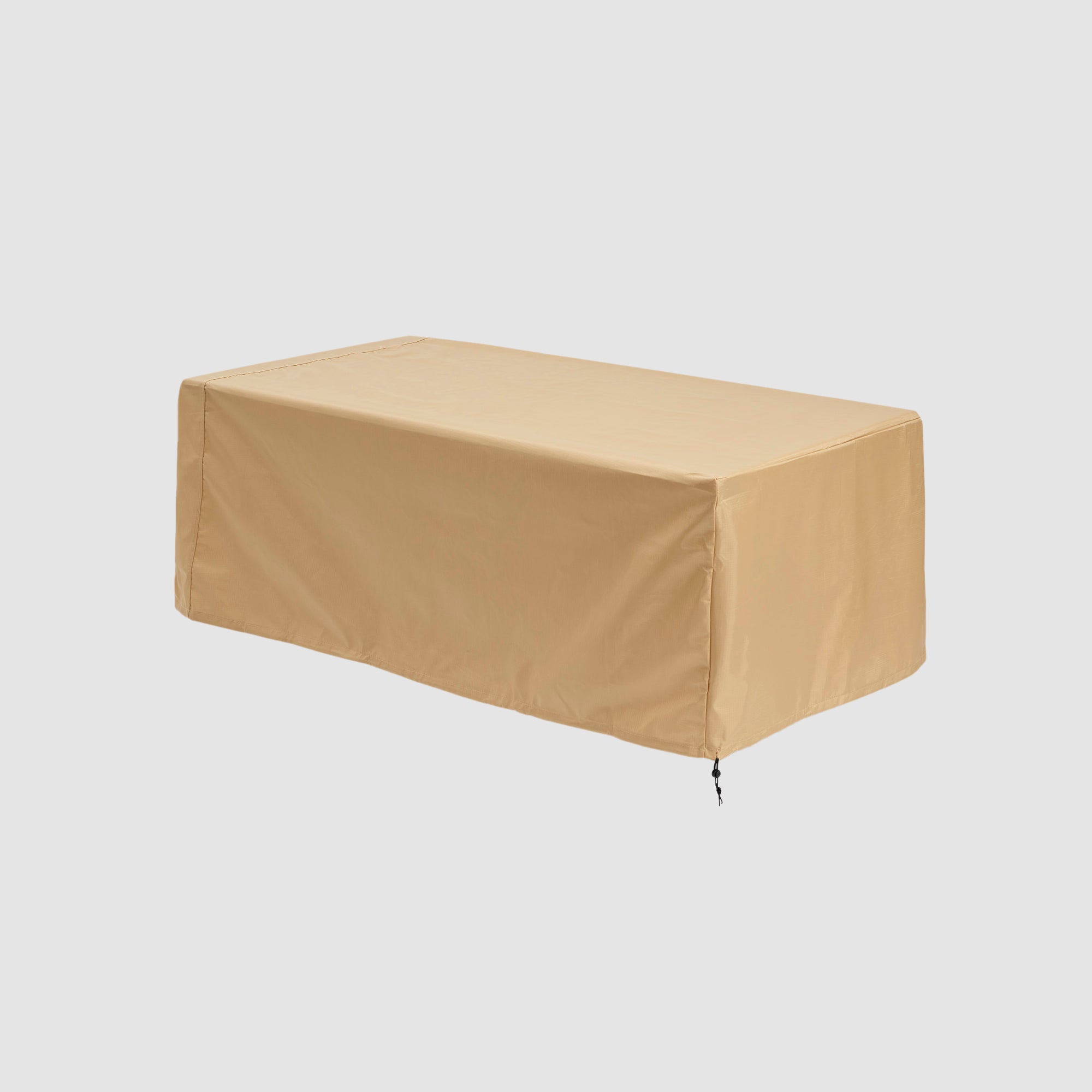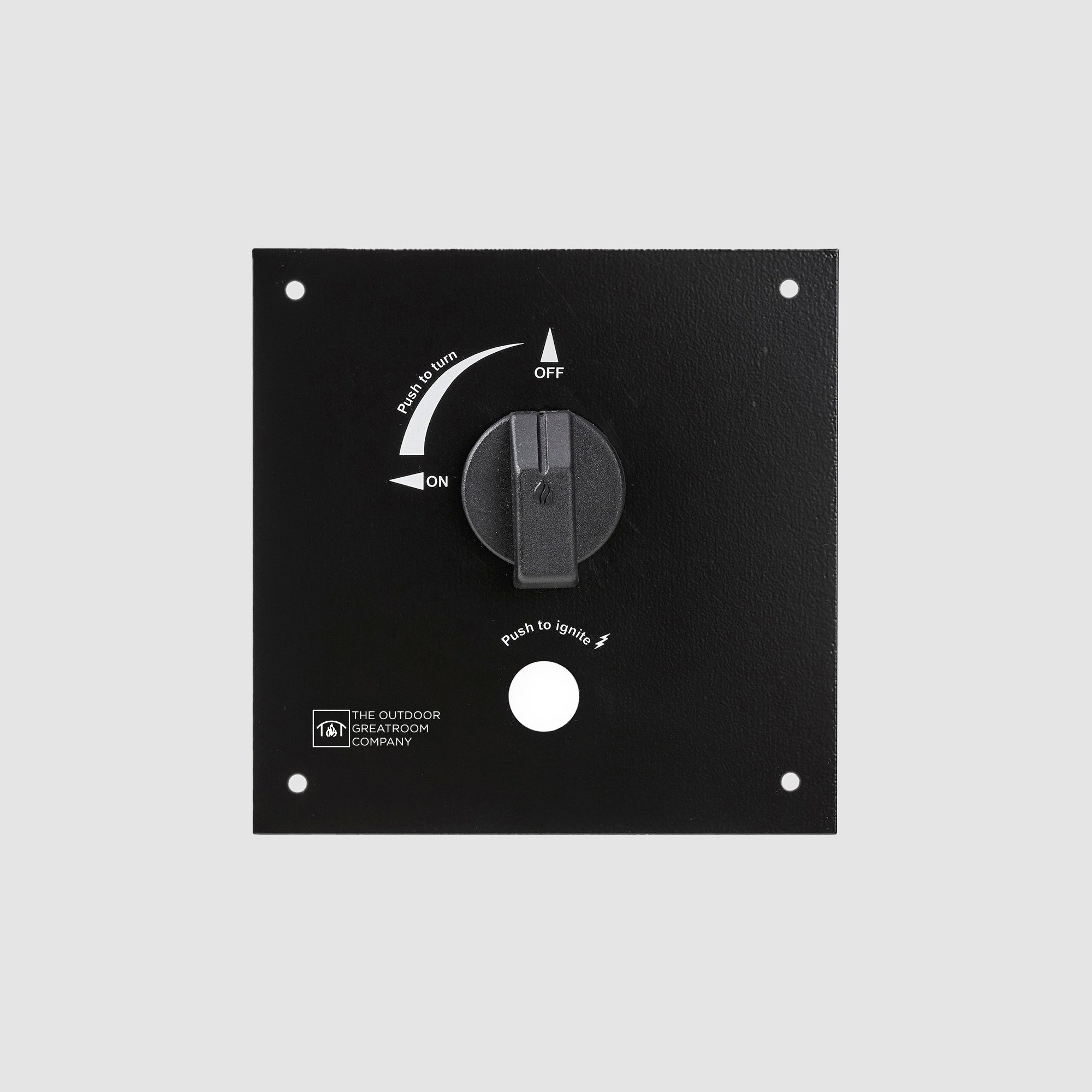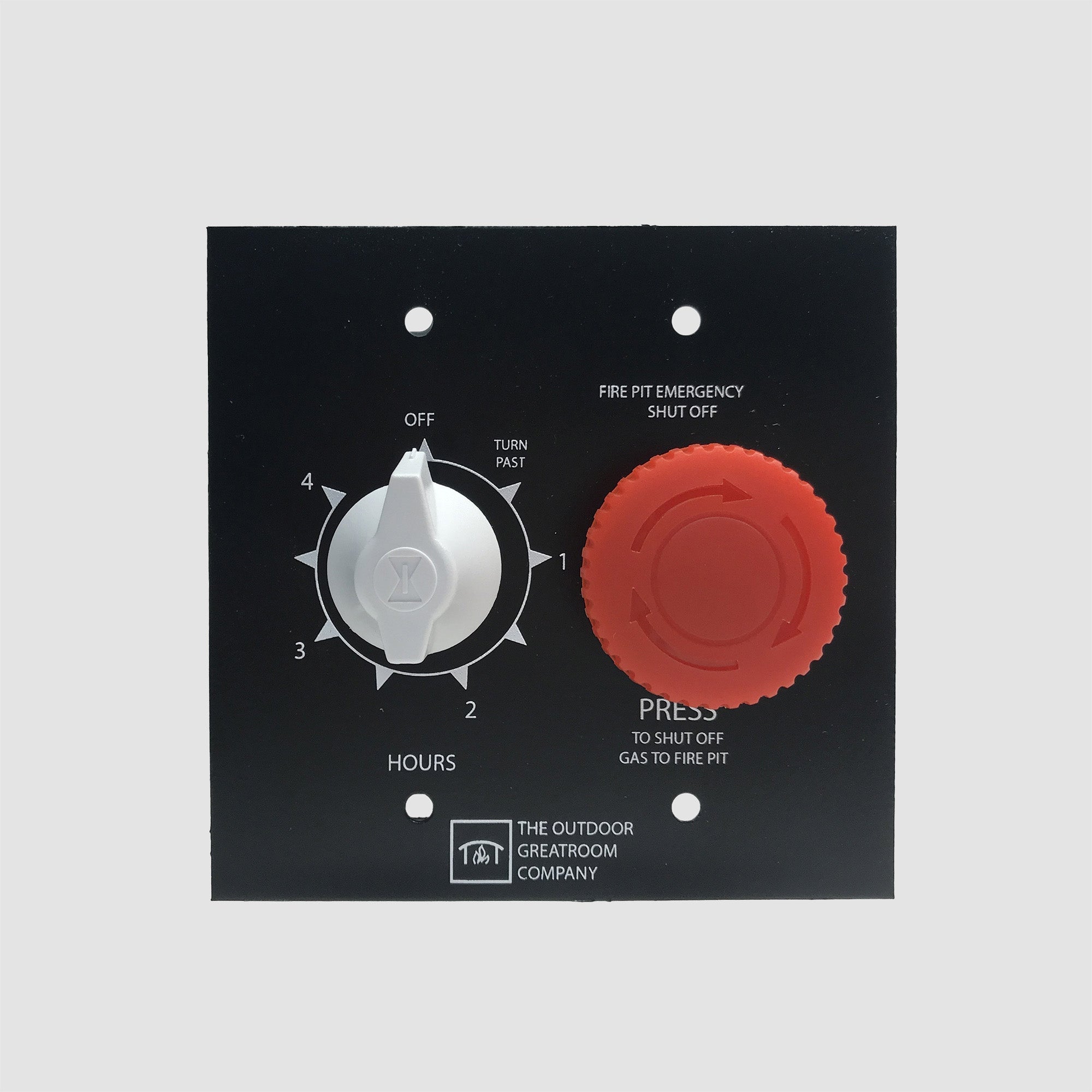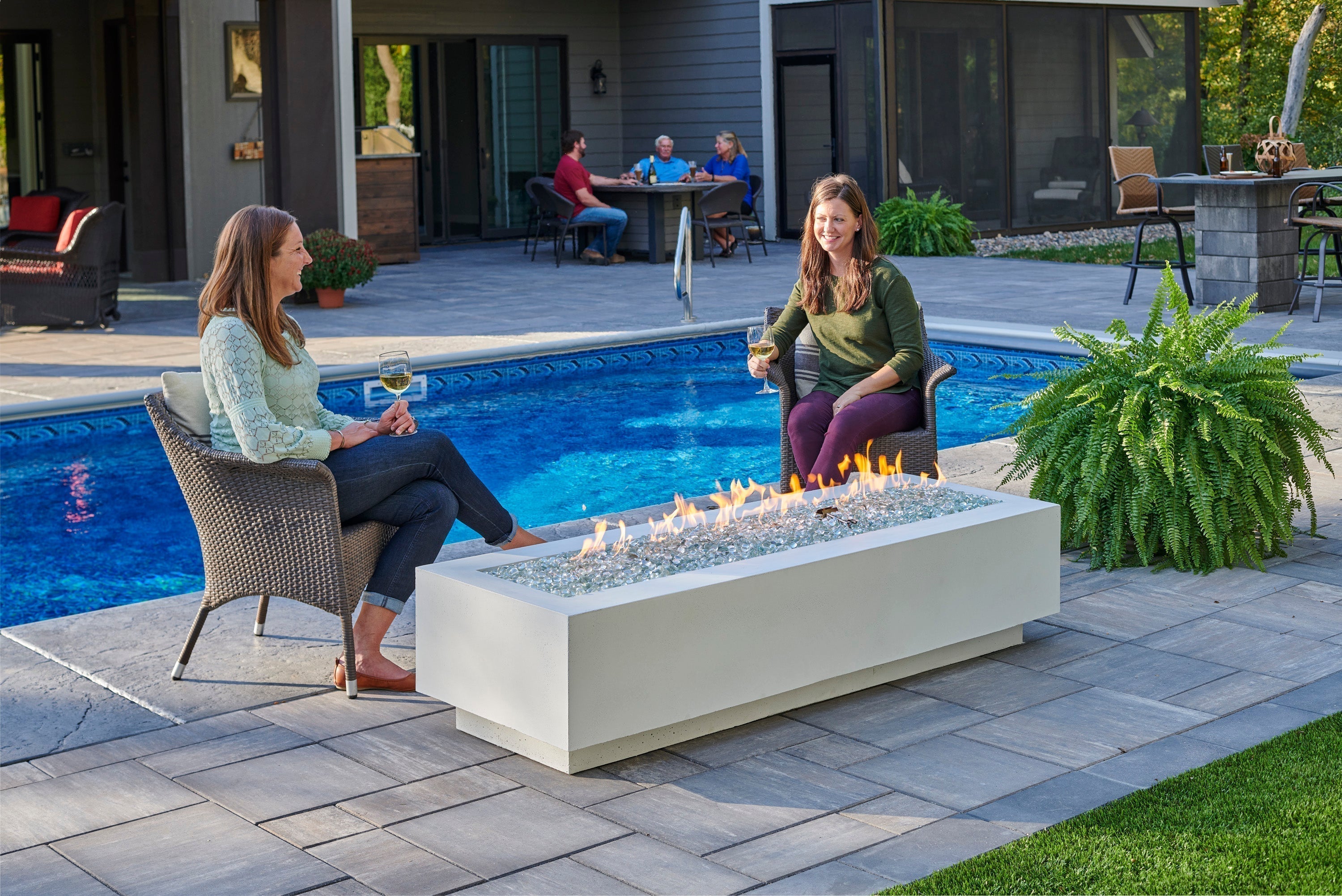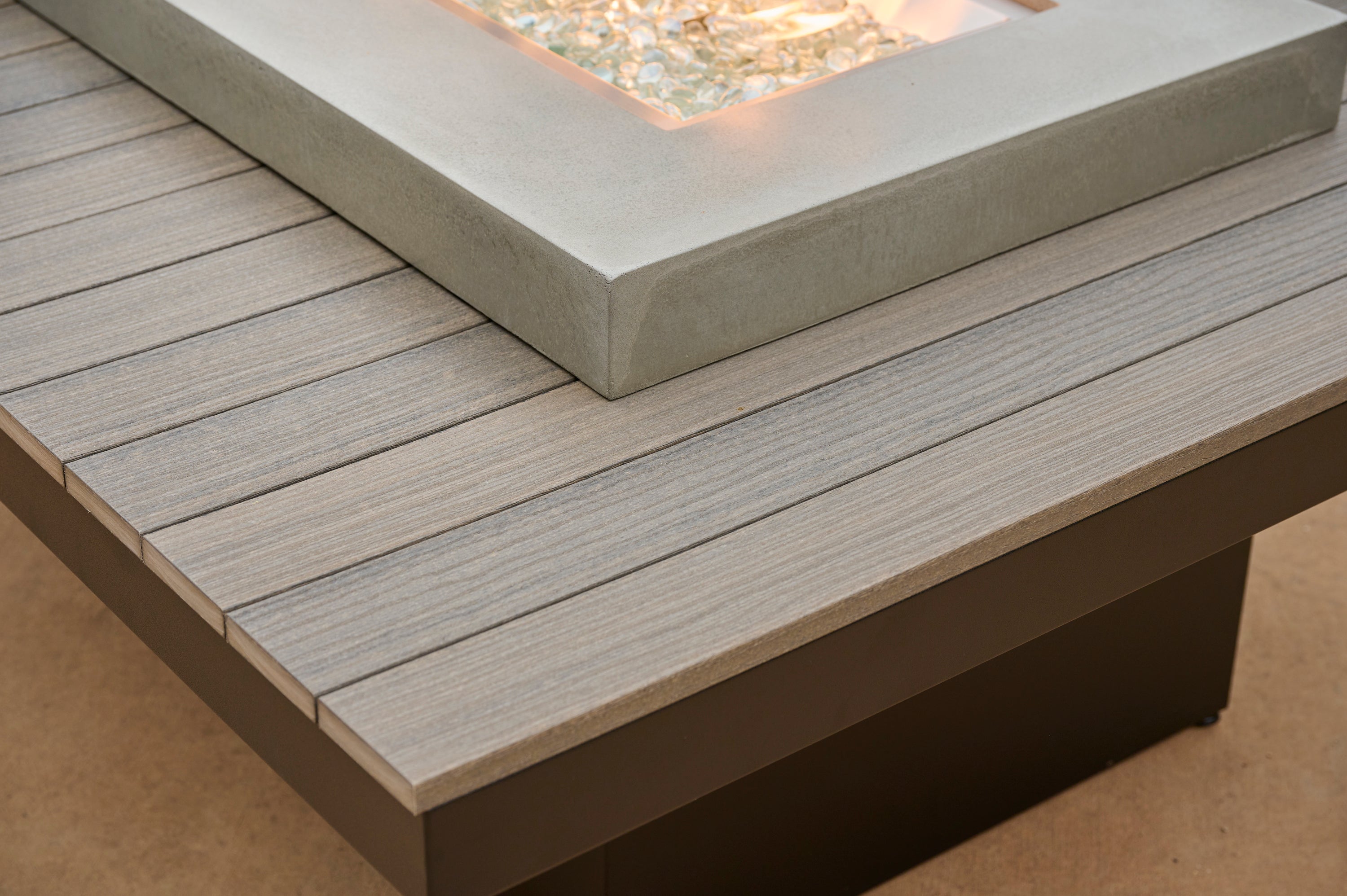Even though it's only February, spring will come sooner than you think. Be prepared for outdoor living by prepping ahead of time. Here are 10 steps to successfully plan your outdoor room for spring.
1. Determine the purpose of the room. Step one in the design process is to create a list of needs and wants, then prioritize. How will it be used most? Maybe as an outdoor kitchen, a cozy nook for two, an al fresco dining room, a gathering place for friends and family, a quiet place to read and write, an entertainment center or outdoor theater, gardening, swimming, lawn games, or a space for kids. Tip - Make use of free online resources that help gather and organize ideas like Pinterest and Houzz!
2. See it as a room. Don't set limits while envisioning a room without walls - consider any option and think big. Some people have difficulty seeing how a room without walls can be decorated, but as soon as they picture a pergola or outdoor structure, it's easier to define the space. This may include simple pillars for stringing lights or hanging ivy on full-size structures to create privacy walls.
3. Create a Landscape Plan Make efficient use of space and time by working with a professional designer or landscape architect who will analyze the site, provide solutions and develop a scaled plan that includes all of the desired elements. Besides offering valuable building and layout ideas, a professional will be able to provide a rough estimate on project costs. If you're looking to DIY the landscaping, find inspiration from Pinterest or Houzz!
4. Prepare a Timeline and Stick to the Budget. Be sure that a savings plan and budget are in place to cover the cost for new items, renovations, and professional services. Determine which parts of the project can be done in phases to meet budgeting needs. With a structured plan, it is much easier to work in phases and not end up with a mismatched or unfinished looking final result. Begin with the essentials and then move forward with intent towards completion of the project as a whole. Take Inventory- there may be salvageable items for use which are currently available in a garage or storage space. What needs to be replaced or refurbished? Consider each component for the outdoor space in this inventory: outdoor structures (pergolas, shades, gazebos, patios/decks), grills (gas, electric, charcoal, pellet), outdoor kitchens and outdoor entertainment areas (outdoor televisions, lawn games, sinks, refrigerators, side burners, kegerators, spas, etc), lighting and heating, campfires/fire pits (prefab surrounds, built in, custom finishing options), fireplaces (gas, wood, gel fueled), landscaping (plants, water features, pathways), hardscaping (pavers, pizza ovens), etc.
6. Do Your Homework. As a rule, cities have adapted from the Uniform building Code, which was written to enhance public safety and protect property owners from unsafe construction. Local codes take precedence, so it's important to check with planning and zoning boards. For some landscape projects and outdoor rooms, a city permit may be needed. Also consider any foundation work such as laying pavement, staining, landscaping, gas lines, or installation that may need to be done by contract workers. Be sure you know the lay of the land - some items that require installation may need a flat area. Also consider the climate, the direction of the sun, shading, noise and privacy factors.
7. Save Time and Money. Find local talent to help with set up, assembly and manual labor - especially the heavy lifting. Contact local dealers, retail locations, and ask around to get recommendations for experienced, reliable worker. It may take time up front, but will save you time and effort in the long run. Another idea to consider is DIY options (Do it yourself). Everyone wants to save a buck, and while working on various phases, there may be elements homeowners wants to manage by themselves. Buying a pre-finished Fire Pit or Pergola Kit can help you save time and money vs. building your own. This means more money to spend on plants, furnishings and accessories. Example: finishing of custom surfaces on pre-fab unfinished islands or fire pit surrounds.
8. Entertainment Outdoors. Outdoor kitchens are the heart of the home indoor and they are becoming an equally essential element outside of the home. Grilling islands now offer everything from storage space to refrigeration, sinks, even outdoor TV's. Remember to check restrictions or codes related to use of open flames or any requirements for natural gas lines.
9. Light up the Night, Turn on the Heat and Pull up a Chair. People are naturally attracted to flame. Think of fire either as an anchor or centerpiece for the room. Setting a fire pit in the middle of the space creates a cozy focal point, while a fireplace just outside the perimeter brings natural warmth to the whole room and allows for maximum square footage for decorating. Fire pits, fireplaces, solar lights, or hanging lights add ambience, warmth, and an outdoorsy glow to the whole yard. Outdoor furniture is generally a high priority. By committing to purchase products with high quality and design, they will withstand the outdoor elements far longer than similar looking, less expensive options.
10. Pay Attention to Design and Detail. Strategically placed plants and accessories add the finishing touches to an outdoor room. Now it's all about aesthetics: hanging plants, outdoor rugs, art, lawn games, potted plants, candles, etc. Pull in colors and textures from the home architecture to create a seamless transition from indoors to out. Like the multi-car garage, the outdoor room is not a passing fad. It's a relaxing and enjoyable home investment, an upgrade that can be added at a fraction of the cost of indoor construction, in a fraction of the time. By knowing the right steps to take, it's possible to turn an outdoor space that's been a dream and turn it into a reality.

